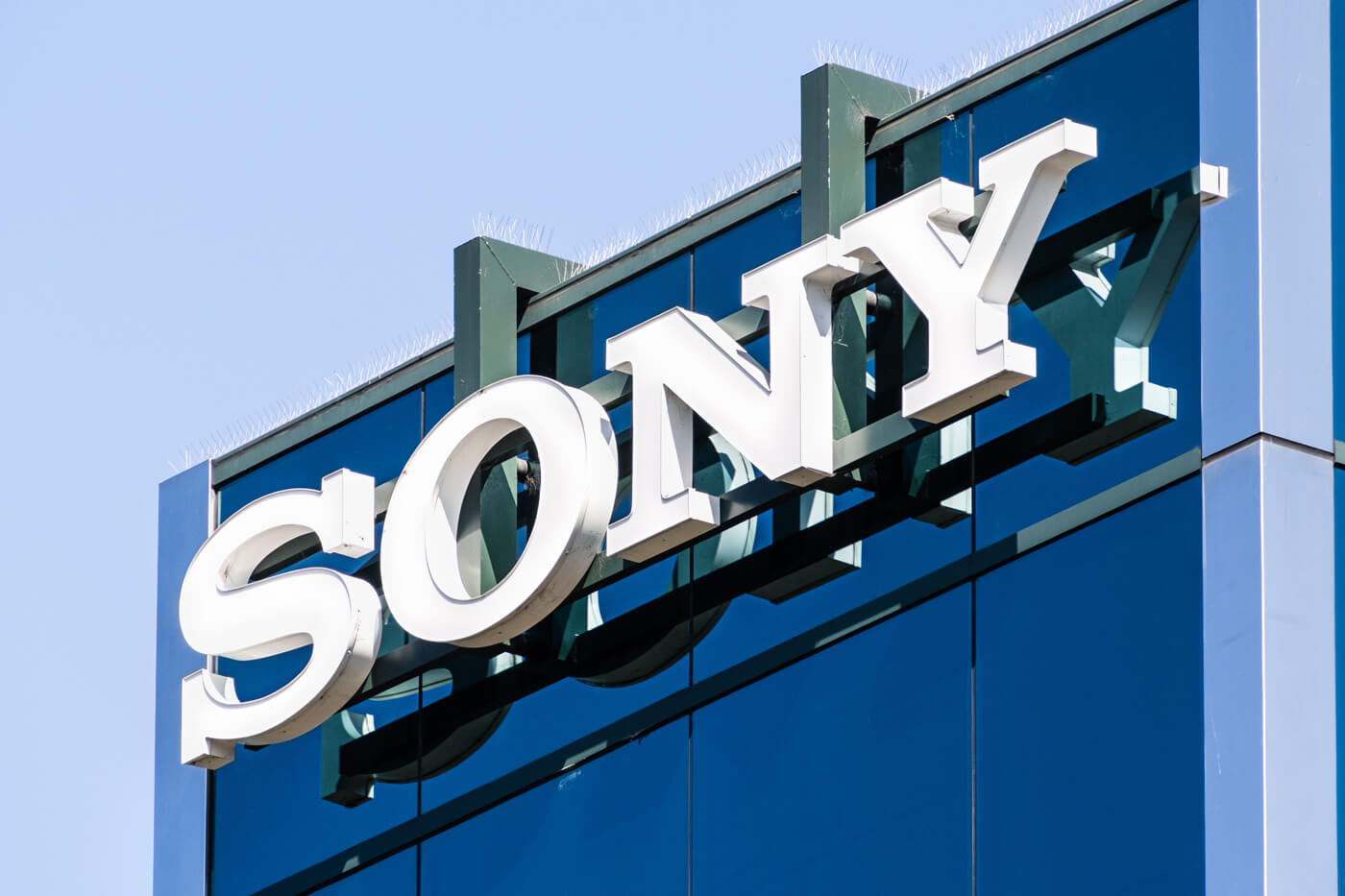Tomorrow’s Tech, Today: Innovation That Moves Us Forward
Rumor mill: Trusted leakers previously reported that Sony is preparing a handheld counterpart to the PlayStation 6 that doesn’t rely solely on streaming. The rumors have sparked speculation about how a portable device will run modern, high-end games, as new information sheds light on prospective hardware specifications.
Prominent tipster KeplerL2 recently provided new details regarding Sony’s plans for a handheld console. Although the device would be far weaker than a PlayStation 5, the company might use memory enhancements and other workarounds to access the larger console’s software library.
Kepler previously reported that the portable system, due for A0 tape-out later this year, will feature a custom SoC based on AMD’s upcoming Zen 6 CPU and UDNA GPU architectures. The PlayStation 6 is expected to employ the same architecture, so the two devices might complement each other.
However, the handheld will only draw 15W, making it significantly slower than the PlayStation 5. Although such a device could likely run every digital PlayStation 4 game out of the box, some speculate that developers would need to release “handheld performance” patches to make PS5 games playable on it. In response, Kepler stated that Sony aims for the device to support all titles.
His latest comments come in response to a report from Moore’s Law is Dead describing a low-power mode that Sony is preparing for the PlayStation 5. Developers are being told to prepare their games to support an energy-saving setting that limits the CPU to eight threads, halves the GDDR6 RAM speed, cuts clock frequencies by between 10 and 20%, and restricts the PS5 Pro to the original console’s 36 GPU compute units. Kepler believes that the low-power mode is a test run to determine how the handheld would run PlayStation 5 games on lowered specs.
The device features 149 GB/s of memory bandwidth – one third of the PlayStation 5’s 448 GB/s. However, the handheld will add 16 MB of “MAA” (possibly Memory-At-Last-Level) cache for improved memory compression to compensate for the disadvantage. Machine learning-based upscaling, likely through PSSR or FSR 4, could also help lighten the load.

Developers have received plenty of experience optimizing games for low-power hardware over the last few years. The Xbox Series S presented a significant challenge for titles like Baldur’s Gate 3 and Black Myth Wukong, but many high-end titles have performed surprisingly well on the Steam Deck and other handheld gaming PCs.
Nintendo’s recently launched Switch 2 will likely become another host to scaled-down AAA games, as Cyberpunk 2077 has demonstrated with impressive results. If Sony launches a handheld, the rumored specs will easily outperform the Switch 2 and Steam Deck, so titles running on it might face fewer compromises.
Read the full article on the original site


